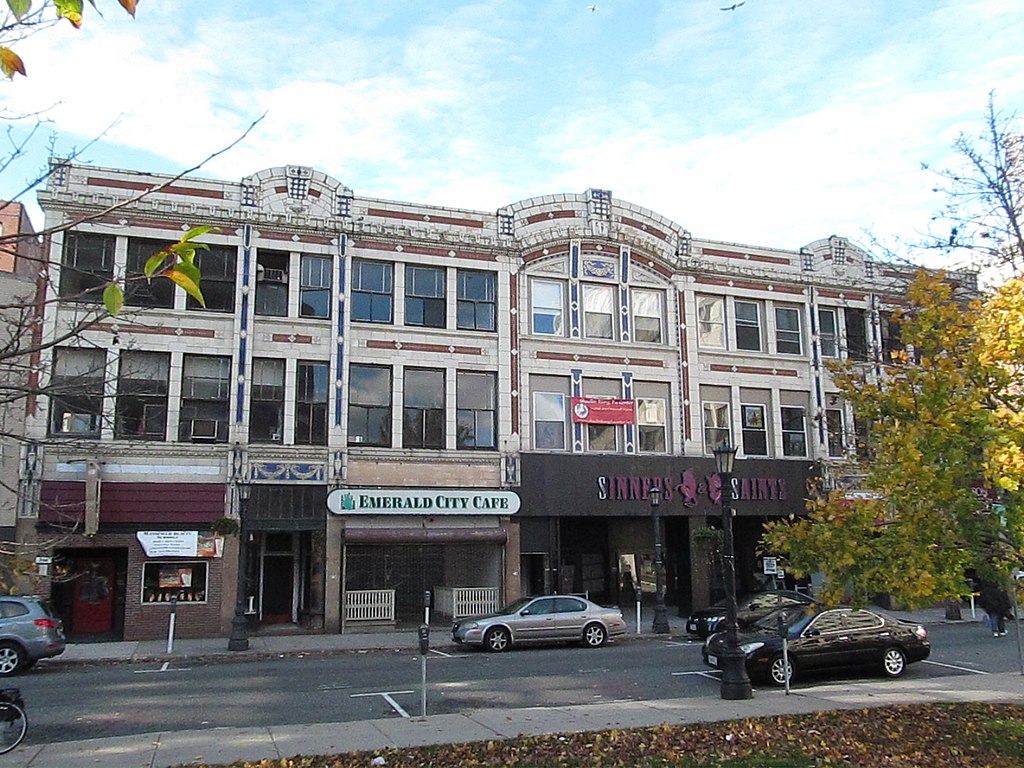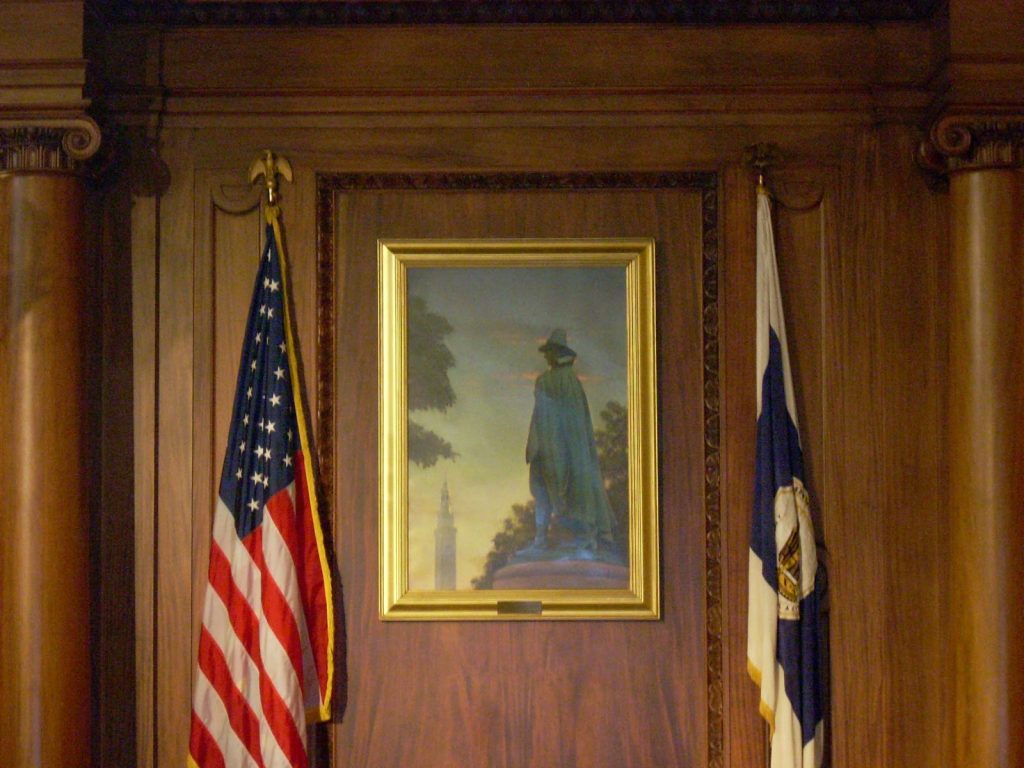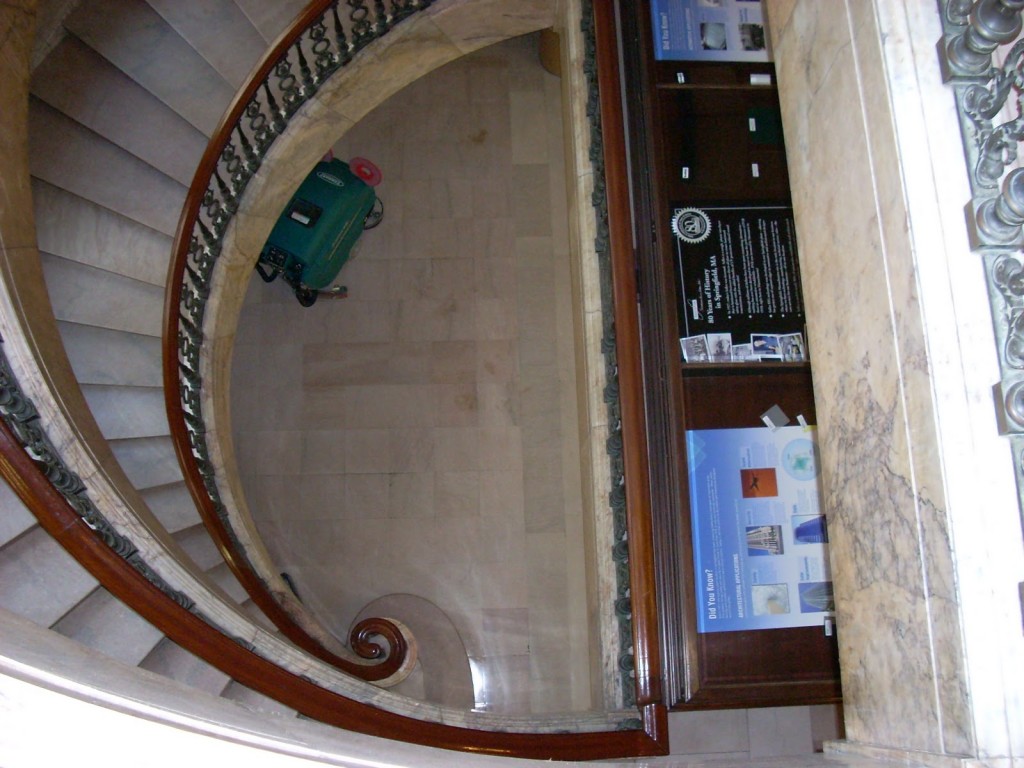Take My Council, Please: Money…It’s Gas (for Civic Participation)?
SPRINGFIELD—Once again, the City Council logged some mileage to get through the agenda. This past Monday, it was worth it. More than a dozen items were approvals of recommendations from the Community Preservation Committee (CPC), the panel that develops spending plans under the state Community Preservation Act (CPA). This was the second year councilors authorized spending following voter approval in 2016.
The CPC makes recommendations to spend the money raised from a property tax surcharge and state match. Although city departments can and do file proposals, anybody can do it, too. Projects that have languished in City Hall and Tapley Street filing cabinets are on the move. Studies are now funded to make even larger endeavors a possibility.
Ward 4 Councilor E. Henry Twiggs was absent from Monday’s meeting.
The Meeting began with committee reports. Ward 8 Councilor Orlando Ramos, the chair of Public Safety, noted his committee’s discussion around rising crime concerns in the South End.
The Council approved reports to allow utilities to open streets and greenlit several major grants. The funds concerned both primary public safety departments. Fire Commissioner Bernard Calvi said a $1.14 million grant would bolster department staffing. A smaller $122,476 grant funded fire education programs for schoolchildren. Another $105,000 finances purchase of equipment that removes toxic material from firefighting garb.
The Police Department took in $1.19 to fund the metro unit that patrols the casino area. The funds came from the Gaming Commission. Another $1.12 million will fund the police body camera program. Officials confirmed that no vendors interested in the bid are offering technology that would encompass facial recognition software.

Councilors Orlando Ramos (at the podium) and Adam Gomez (far left) have sponsored the facial recognition ban. (WMassP&I)
There is a movement in the city to ban—for now—such a system in Springfield. Other cities have done so. Ramos has proposed an ordinance to that effect, which prompted a spirited debate even as he urged it go to the committee.
Both Ramos and his cosponsor, Ward 1 Councilor Adam Gomez, cited stats showing minorities were more likely to be incorrectly identified by facial recognition systems. Women of color were especially vulnerable to misidentification. In yet another fit of gastric collapse, Mayor Domenic Sarno has promised to veto such a bill, however.
Some councilors questioned Ramos’ proposal, but Springfield Police has no imminent plans for a facial recognition system. There could buy time to build a case—and a veto-proof supermajority.
The remaining grants—to the fire, parks, police, economic development, and emergency preparedness offices—also received Council approval.
Councilors also approved a $24,000 transfer from the pension stabilization fund to the Retirement Board to buyback creditable time some employees still had. Ward 2 Councilor Michael Fenton questioned the move, noting the pension stabilization fund was intended to cut the pension deficit itself. Comptroller Pat Burns explained that the actual money set aside had gone toward the deficit. The $24k, however, was from interest on those funds. Fenton accepted the clarification.
That transfer and authorization to pay a prior year’s bills passed unanimously. The Council also agreed, unanimously, to transfer excess land to the owner of Indian Orchard Mills. Another transfer was a two-family residence. A developer, C&C Homes, LLC, is buying the Bay Street structure for $98,000. It will be rehabbed with the assistance of $25,000 in Community Development Block Grant funds.

Councilor Ryan Speaking for the trees?(before a shave, obviously) (via lgblibrary.org)
At-large Councilor Timothy Rooke unveiled an order to limit the cutting of curbs along Sumner Avenue as part of the massive rebuilding of the X state and city officials are eyeing. The project is not expected to begin until the middle of the next decade. Yet, key decisions are being made now.
The project would upgrade lights and install bike lanes. These elements, Ryan indicated, had community support. The curb cuts—which would require the removal of several old trees—and the diversion of Belmont Avenue traffic toward the X onto Sumner via residential streets face opposition. Residents have also expressed concerns that state officials have only halfheartedly considered community concerns.
Ryan also reported that the Council will have no power to influence the design aside from refusing to issue eminent domain orders. Ryan’s order could short-circuit things by barring city participation in the widening as Massachusetts transportation officials envision.
On Monday, though, Ryan said he had discussions with the city’s Department of Public Works about negotiating with the state about Belmont and the trees. The state has been insistent, Ryan said, but talks were worth a try.
Elsewhere, the Council re-approved a low-income housing development at the former Elias Brookings School on Hancock Street. The school became unusable after the 2011 tornado and was sold to developers. It had received the necessary permit before, but that expired during a lengthy financing process.
Despite some opposition, centered on concerns about excessive low-income housing in Springfield, the permit passed 10-0. In addition to Twiggs’s absence, Councilor Fenton and Gomez abstained because of ties to principals involved in the project.

Trinity Block in 2012 before renovations. (via wikipedia)
Before moving on to CPA funds, the Council approved two single-structure historic districts. The district statuses were partly sought by owners to access a historic asset fund MGM set up.
The two structures are the Trinity Block and the Munson House. The Trinity Block, located on Bridge Street, is now home to Valley Venture Mentors. The Munson House, a rare example of historic modern architecture in Springfield, is near STCC. Its owner intends to renovate. Both votes were unanimous.
Renovations featured prominently in the CPA projects, too. Nearly all votes were unanimous. CPC Chair Robert McCarroll presented the items.
There was some debate. Restoration of the trolley pavilion outside Forest Park received approval easily. Funds for a dog park and green space renovations in the McKnight, Atwater, and Six Corners neighborhoods and the Colony Hills Historic District sailed through. Councilors Ramos and Marcus Williams, who were involved with the dog park, abstained on that item.
Councilors worried about forking over CPA funds to private hands. Roger Roberge, a budding real estate mogul with a growing Springfield portfolio, is redeveloping rowhouses at the corner of Central and Maple streets and an adjacent apartment building. The latter has been derelict since the tornado.
A video of the rowhouses the Pioneer Valley Planning Commission published in 2017.
The funds Roberge sought were dwarfed by the overall project budgets. The rowhouse development will cost $2.5 million and the apartment building has a $1.7 million price tag. He sought $180,000 and $98,000 respectively for historic preservation efforts. Roberge dispelled some concerns by assuring his financing, while incomplete, was imminent. Because the city will reimburse him for the historic work not pay up front, if the project falls through, the city is likely to waste money.
Similar concerns were raised with funds for the old Mason Square Fire Station and an unrenovated part of the Indian Motorcycle Building. Councilors approved that, too, save Councilor Ramos who dissented.
Other projects included renovation of the Drama Studio building, which used to be an Oakland Street Episcopal Church and a study to renovate the Old First Church. The latter house of worship is now city-owned. It is not in use because it lacks handicap accessibility and needs repairs. The study will make it easier for the city solicit grants to repair the structure.
As things wound down, McCarroll thanked councilors who put CPA on the ballot. Councilors never doubted CPA, but now that it is real, they love it. They have more fiscal agency than in the regular appropriations process which the mayor controls pursuant to state law. Under CPA, the executive is just one petitioner among many.
CPA has become a rare democratizing exercise in a city where even encouraging voter participation decays into controversy. As Springfield hurdles toward another low-turnout election, it is essential to consider shoots of green in the city’s otherwise barren landscape of Springfield’s civic virtue.

